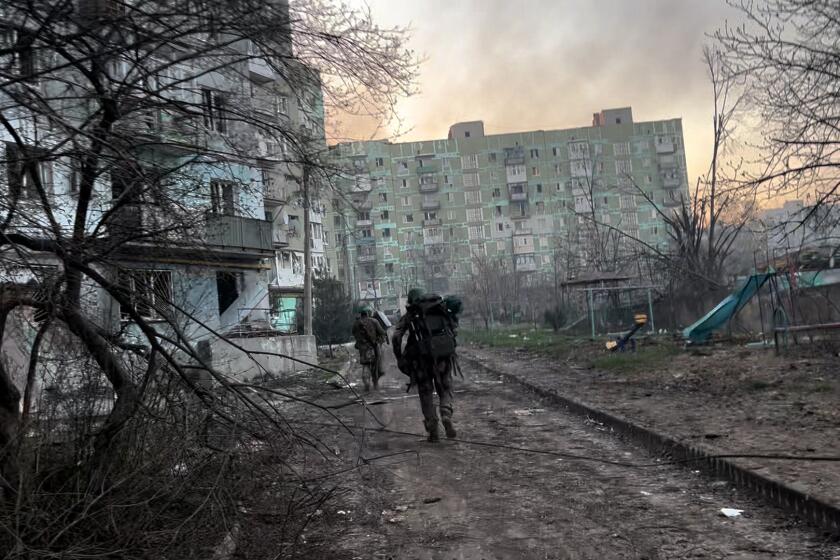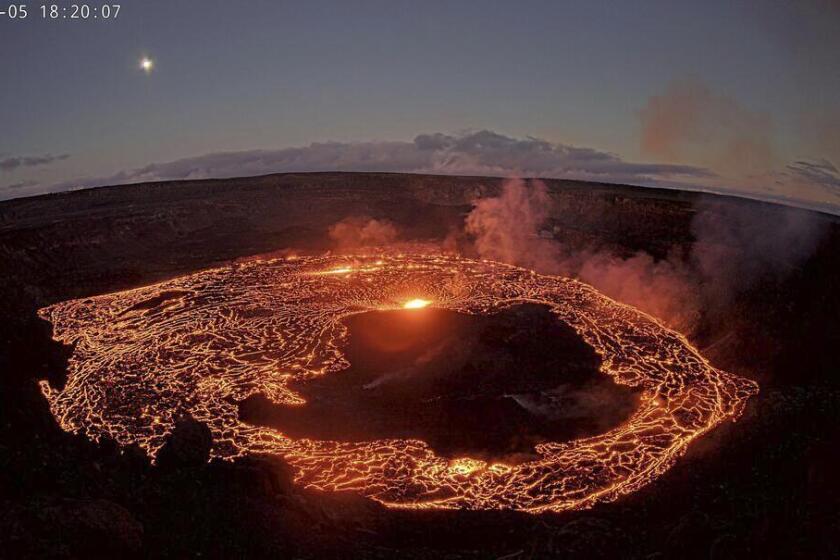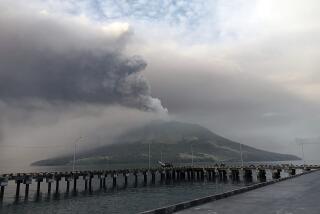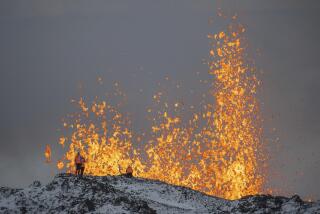Volcano eruption on Russia’s Kamchatka Peninsula spews ash clouds for miles
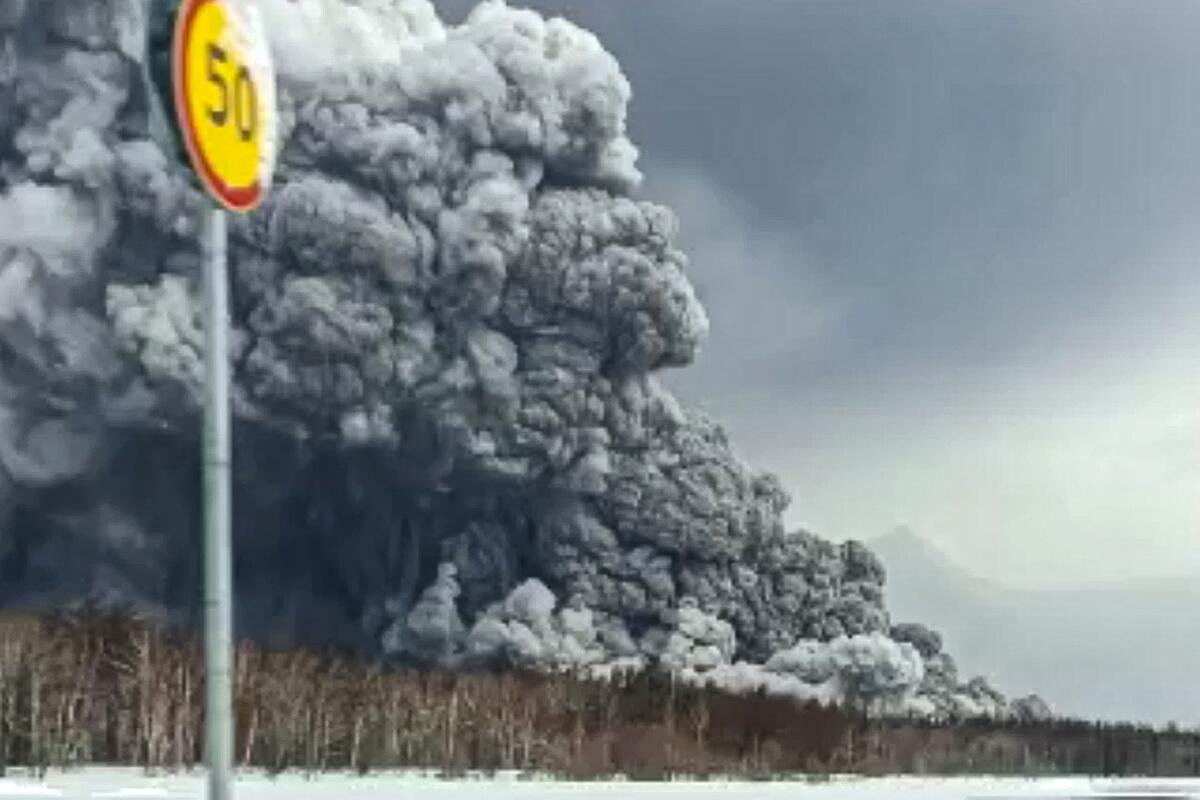
MOSCOW — A volcano erupted early Tuesday on Russia’s far eastern Kamchatka Peninsula, spewing clouds of dust more than 12 miles into the sky and covering broad areas with ash.
The ash cloud from the eruption of Shiveluch, one of Kamchatka’s most active volcanoes, extended more than 300 miles northwest and engulfed several villages in gray volcanic dust.
With the ash cloud said to rise 65,600 feet, officials closed the skies over the area to aircraft. Local authorities advised residents to stay indoors and shut schools in several affected communities. Two villages had their power supplies cut for a few hours until emergency crews restored them.
Ash fell on 41,699 square miles of territory, according to the regional branch of the Russian Academy of Sciences Geophysical Survey. Scientists described the fallout as the biggest in nearly 60 years.
The village of Klyuchi, which is some 30 miles from the volcano, was covered in a 3-inch layer of dust. Residents posted videos showing the ash cloud plunging the area into darkness.
If war is hell, there’s a credible case Bakhmut is its ninth circle, as Russia besieges the Ukrainian city that has symbolic, if not strategic, value for both sides.
Kamchatka Gov. Vladimir Solodov said there was no need for mass evacuation but added that some residents who have health issues could be temporarily evacuated.
Shiveluch has two parts, the 10,771-foot Old Shiveluch and the smaller, highly active Young Shiveluch.
The Kamchatka Peninsula, which extends into the Pacific Ocean about 4,000 miles east of Moscow, is one of the world’s most concentrated areas of geothermal activity, with about 30 active volcanoes.
The renewed volcanic activity comes less than a month after earlier eruptions of Kilauea and its larger neighbor Mauna Loa stopped releasing lava.
More to Read
Sign up for Essential California
The most important California stories and recommendations in your inbox every morning.
You may occasionally receive promotional content from the Los Angeles Times.
